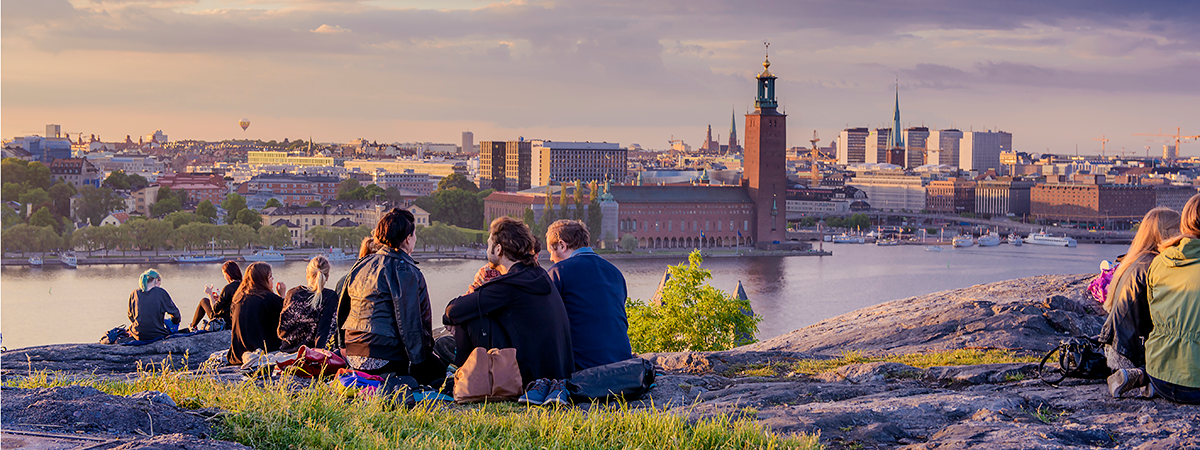Living sustainably in Sweden
Here are some tips for living more sustainably in your everyday student life in Sweden.

Eat well – for health and planet
The food we eat has a large impact on the climate. By consciously making simple choices when purchasing and handling food, you can easily eat well and reduce the negative impacts on your health, wallet, and planet.
Look for short sell-by dates in the grocery store, reduce food waste through meal-planning, and, if available to you, choose organic alternatives and reduce your consumption of meat and fish.
Reduce, reuse, repurpose, recycle
The production of consumer goods causes a variety of harmful emissions, and often requires large amounts of energy, water, and chemicals. In Stockholm, the second-hand market for clothes, furniture and other products is flourishing, and offers a more sustainable way of consuming through both physical and online second-hand stores.
Are you familiar with the pant system? In Sweden, recycling of PET bottles and aluminium cans is conveniently managed through a deposit system that gives people money back when they recycle. Recycling stations for bottles and cans are available in most grocery stores.
KTH oversees Sweden’s largest research programme for sustainable consumption.
MISTRA Sustainable Consumption (sustainableconsumption.se)
Every kWh counts – curb your energy usage
Reducing electricity usage not only reduces costs, but it also eases the strain on the power grid and decreases the demand for fossil fuel-based energy. There are several ways in which you can curb your energy usage:
- Close doors, switch off equipment and unplug chargers in rooms not being used.
- Sit with others during study. It’s not only friendlier, but also warmer.
- Keep windows closed to keep ventilation systems in balance.
- Take short showers and plan your kitchen activities to maximize energy efficiency.
Guide for more useful tips (KTH Intranet)
Sustainable travel
How we commute affects the climate. Navigating Stockholm using sustainable transport is easy – walk, bike, or use the extensive system of buses and trains.
Sustainable travel (the City of Stockholm website)
For long-distance travelling, train is a convenient, comfortable, and environmentally friendly way of transport, and many Swedish train operators offer reduced ticket prices for students.
Get engaged!
KTH has a number of student organizations working tirelessly to improve the sustainability commitment within and outside of the university. Get engaged and create meaningful change together with other dedicated students!
Student organisations within environment, climate and sustainable development
